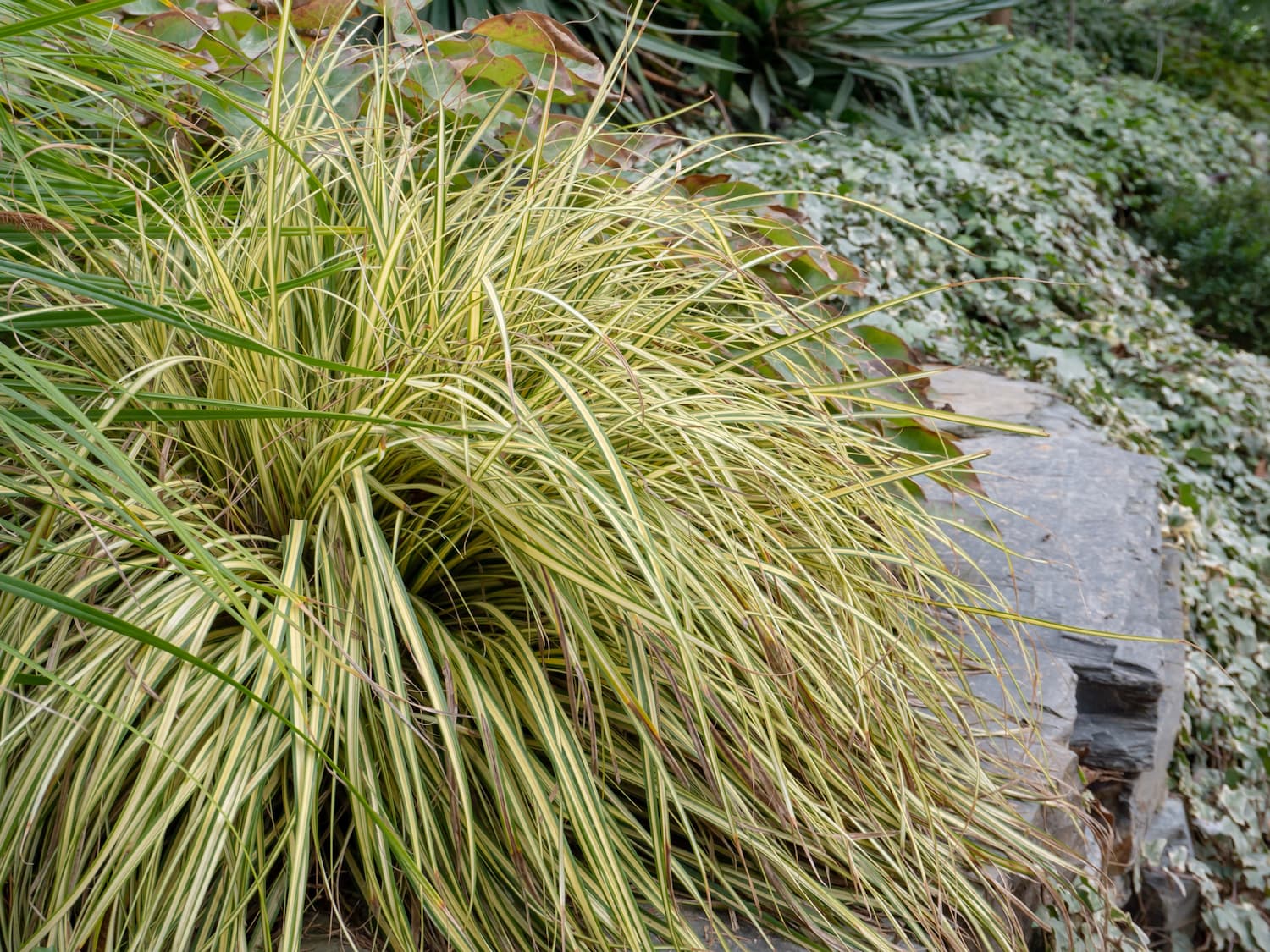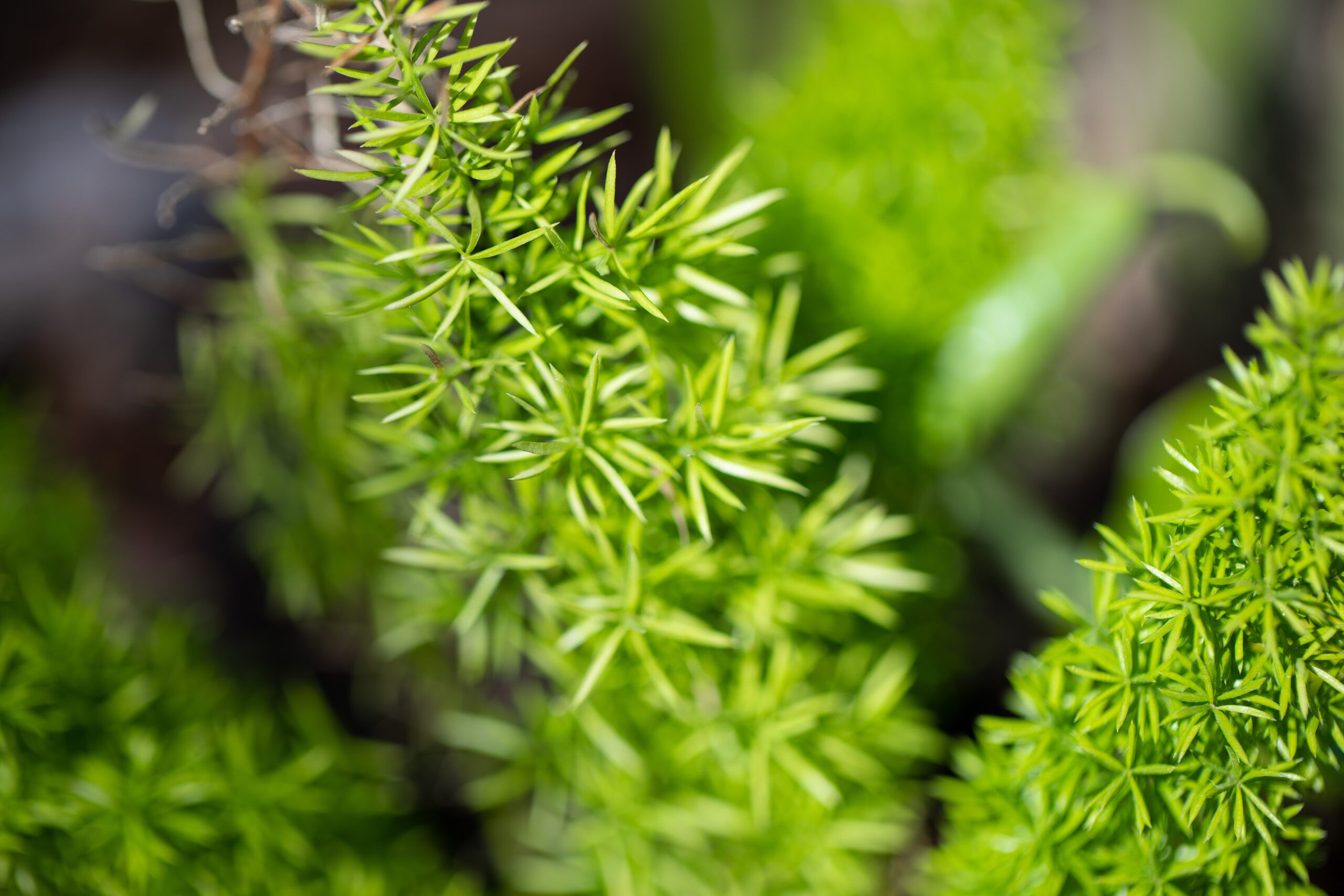In recent years, gardeners have discovered sedges as a tough, evergreen perennial option for many…
How To: Easy Salads from Seed!
The planting window for cool season crops has arrived! From now through October 15th, it’s time to sow seeds indoors and directly outdoors of lettuces, kale, spinach, and collards, as well as broccoli, Brussels sprouts, cabbage, cauliflower, and more.
These and cool season herbs like parsley make excellent, healthy additions to a varied diet.
We have several options for seeding inside.
Here, we’re using special seeding flats with the Jiffy Pellets. These are ultra-convenient and ideal for beginners; simply soak in water as you prepare to plant.
I like to use a weak solution of seaweed – this acts as a mild fertilizer – which is all the seeds need, and it helps strengthen resistance to environmental stresses. The little pellet pops up when wet and forms a neat little home for planting.
Seed sowing information will be individual for each seed variety that you may select. Seed companies like Botanical Interests not only have all the basics on the back, but additional information inside the packet.
If in doubt, typically seed depth is determined as two times the diameter of the seed. You don’t want to sow too deeply as this can keep them from germinating. Just take a small fork or other tool (We love wooden chopsticks repurposed for this), and loosen the upper surface of the soil.
These cool season greens only need sun–no heat mat required. Keep them in a bright window sill and ensure they have good air circulation and stay evenly moist.
Once they’ve sprouted and show their first ‘seed leaves’, you can remove any cover. Be careful that they don’t lose their consistent moisture at this stage. Seedlings are your little babies- they need constant attention to moisture, making sure they never dry out. You’ll be surprised at how quickly they will use up their water.
It’s best to thin your seedlings–some will have to go in order for the strongest to survive. Choose the largest, best developed seedling and use a pair of pointed scissors to snip out extra sprouts.
As your new plants grow, the only fertilizing needed is to water with the mild seaweed solution (about 1/3-1/4 the label rate) once the second set of leaves or ‘true leaves’ appear.
Seedlings need to be well prepared for life outside. We call this ‘hardening off’, a process that involves them slowly adapting to the exterior environment. Protect them from extremes of sun and high winds by putting them outside in a sheltered spot for increasingly longer periods during the day for a few days until they’re ready. Then, it’s time to transplant!



